Navigating Food Scanner Apps: Are They Your Best Bet for Healthy Eating?
Food scanner apps promise to revolutionize the way we approach nutrition. Tap your phone, scan a barcode, and receive instant ratings on the healthfulness of packaged foods. Sounds enticing, right? But, as with most things in life, the truth may be more nuanced than it appears.
The Rise of Food Rating Technology
Over the past few years, food rating apps have surged in popularity. Using the camera on your smartphone, you can scan packaged foods and instantly receive a score, flagging harmful ingredients and suggesting healthier alternatives. But do these apps genuinely empower consumers to make better choices?
Experts suggest a cautious approach. While these apps can be helpful tools for those eager to eat healthier, it’s essential to wield this newfound power with a degree of skepticism.
Insights from the Experts
"I think food scanner apps serve as a useful first step," remarks Jerold Mande, an adjunct professor of nutrition at Harvard University. Mande, who played a significant role in developing the Nutrition Facts label that now adorns most packaged foods in the U.S., often turns to apps like Open Food Facts and Yuka when shopping.
These applications offer scores based on nutritional content and the presence of additives. Mande himself encountered puzzling results while comparing similar products. For instance, on a recent shopping spree, he discovered that a plain bag of store-brand tortilla chips scored significantly higher than its tequila lime counterpart. "An 80-point difference in their score leaves me uncertain about the justification behind it," he notes.
A Tale of Contradictory Ratings
Thorough testing reveals that navigating these apps isn’t always straightforward. While consulting with Lindsay Moyer, a registered dietitian from the Center for Science in the Public Interest, we scanned an organic almond butter. The Yuka app awarded it a score of 78 out of 100, labeling it as "excellent" despite flagging its calorie content. In contrast, the app ZOE Health, which assesses nutritional content more rigorously, also approved of the nut butter. However, the popular Bobby Approved app disapproved it, citing cane sugar as a red flag.
This disparity leads to confusion. Moyer advises not to fret over a small amount of sugar, particularly when it’s part of a nutritious food.
Understanding Methodology: Essential for Clarity
Julie Chapon, co-founder of Yuka, emphasizes the significance of methodology in these assessments. “Each app employs its unique frameworks and levels of transparency,” she explains, raising an important point about nutritional quality ratings based on the Nutri-Score system employed in several European countries.
It’s vital for consumers to remain aware of these differences. Moyer recommends favoring apps that evaluate overall nutrient content, focusing on essential elements such as fiber, protein, and healthy fats rather than solely highlighting specific ingredients.
Cautions and Recommendations for App Users
While food scanner apps can illuminate nutritional information previously hidden in ingredient lists, they are not infallible. It’s easy to panic, as Moyer points out, with stories of individuals discarding their entire pantry after a single scan. "Approach results with a grain of salt; some ratings may exaggerate risks," she cautions.
For those looking to enhance their food choices, Mande suggests paying close attention to the first three ingredients on a food label. "If sugar is at the top, that’s a red flag," he warns.
A Broader Perspective on Nutrition Apps
While the allure of food scanner apps can be strong, Sundus Mahdi, a public health nutrition researcher from the University of York, underscores that these applications offer only a partial solution to dietary changes. “They enhance awareness and nutritional knowledge,” she states, but adds, “they’re not a panacea for improving dietary intake or solving obesity.”
Simple Metrics for Smart Choices
If apps leave you feeling bewildered, consider employing a few easy nutritional ratios recommended by Dr. Dariush Mozaffarian from Tufts University:
Fiber to Carbohydrates Ratio: Look for a minimum of 1 gram of fiber for every 10 grams of carbohydrates. Higher fiber content indicates better overall carbohydrate quality.
Sodium to Potassium Ratio: Foods should ideally contain at least as much potassium as sodium, as potassium mitigates the negative effects of sodium intake.
- Saturated Fats to Total Fats Ratio: Seek out foods where saturated fats comprise no more than one-third of total fat content.
Embrace Whole Foods: The True Nutritional Champions
Above all, remember that the healthiest foods often come without a barcode. Fresh fruits and vegetables should form the cornerstone of your diet.
As we navigate the evolving landscape of food technology, let’s remain discerning and educated about our choices. Harness the power of food scanner apps but don’t let them dictate your diet. Your health journey is still in your hands!
Engage with your food choices and, in doing so, redefine what healthy eating means for you!






